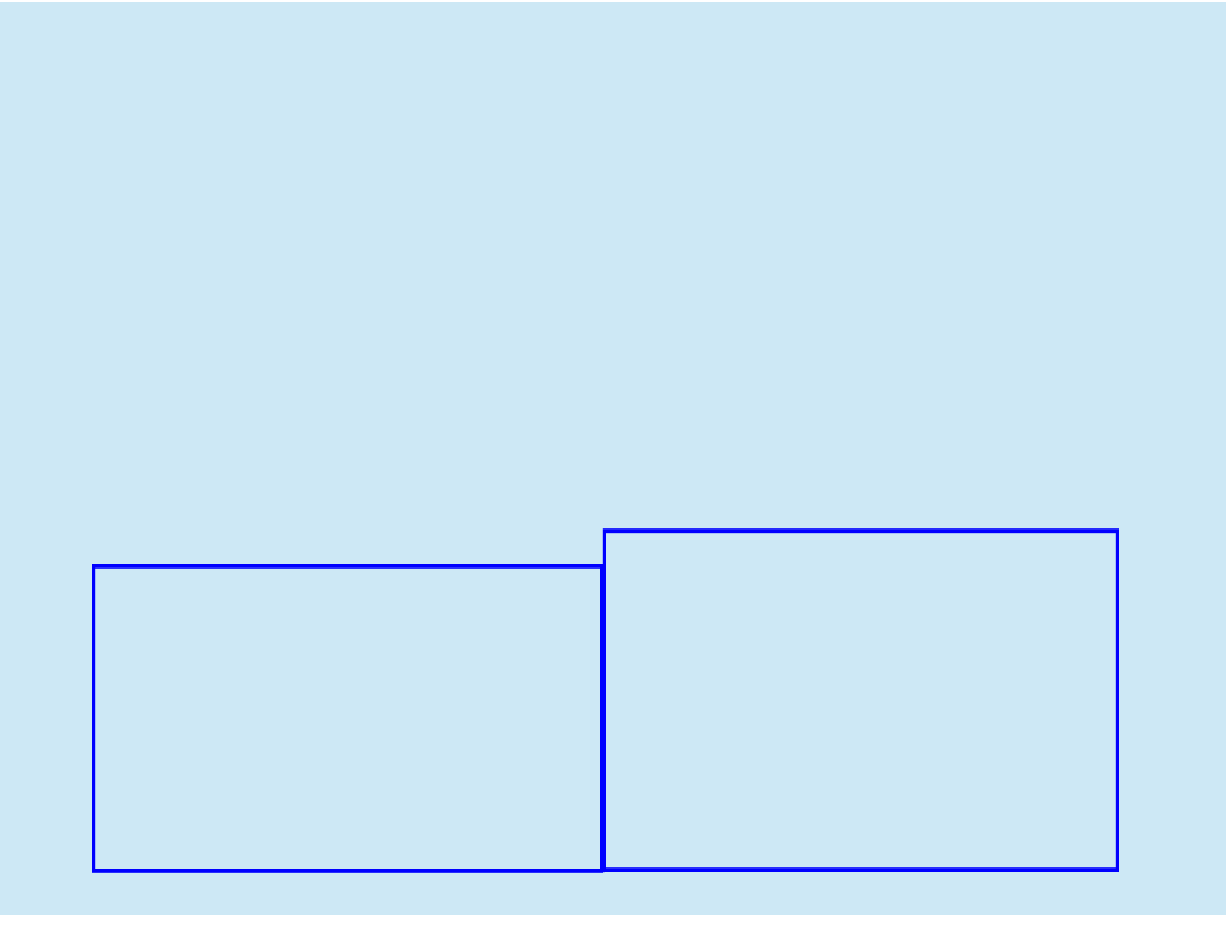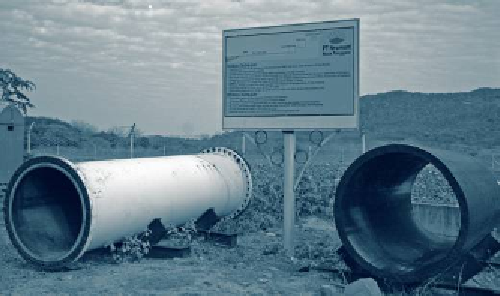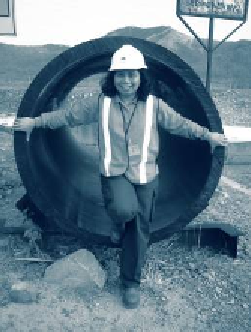Environmental Engineering Reference
In-Depth Information
2. Subsea Pipeline, also shown in
Case 18.5
, is constructed of thick-walled High Density
Polyethylene (HDPE) which is delivered in 20 m or 30 m lengths and welded onsite.
Through the beach and surf zones, the pipeline is buried to protect it from storm
damage. Beyond the surf zone, the pipeline is placed on the seabed. Concrete saddle
weights are positioned along the pipeline at intervals to anchor it in position and to
resist any uplift stresses; and
3. De-aeration tank is located onshore. Here any air entrained in the tailings is released.
This is important because if there was air in the tailings discharged near the seabed,
it would tend to take tailings with it as it rose to the surface. In some DSTP systems,
a sea water intake pipeline is also installed. The sea water is mixed with the tailings,
usually in the de-aeration tank, so that the density of the liquid fraction is raised. This
minimizes the tendency for i ne particles to leave the tailings density current as it
descends the seabed slope after discharge. At Batu Hijau, sea water is used as process
water and there is no need for further sea water addition.
CASE 18.5
Newmonts' Batu Hijau DSTP Scheme
Newmont operates a large copper mine
named Batu Hijau (meaning 'Green Stone')
in Sumbawa, Indonesia. The tailings outfall
is at a water depth of 120 m, 3.2 km
offshore. The presence of a submarine
canyon into which the tailings slurry is
discharged serves to confi ne the tailings
density current; eventually the tailings settle
at a depth well below 2,000 m. Tailings are
discharged at a daily rate of about 120,000
to 150,000 tonnes with a total by end of
mine life of well over 1 billion tonnes.
The overland pipeline is constructed
of welded steel and supported just above
the ground surface on concrete stands. The
subsea pipeline is constructed of thick-
walled High Density Polyethylene (HDPE)
which is delivered in 20 m or 30 m lengths
and welded onsite. Through the beach
and surf zones, the pipeline is buried to
protect it from storm damage. Beyond
the surf zone, the pipeline is placed on
the seabed. Concrete saddle weights are
positioned along the pipeline at intervals
to anchor it in position and to resist
any uplift stresses. A de-aeration tank is
located onshore. Here any air entrained in
the tailings is released. At Batu Hijau, sea
water is used as process water and there
is no need for further sea water addition.
In specifi c recolonization experiments
undertaken using Batu Hijau tailings, the
diversity and population density of benthic
organisms reach natural levels within
two years after deposition. Such rates of
recovery are not attainable in terrestrial
ecosystems, even under the most ideal
circumstances.
The DSTP system is relatively simple,
comprising only a deaeration tank, which
is a robust structure lacking any mechani-
cal parts, and two pipelines, involving both
sub-sea and overland sections. Accordingly,
the number of things that can go wrong
is limited.
The Government of Indonesia con-
gratulated the operation for its excellent
environmental performance by awarding
high ranking in the Governments' PROPER
audit scheme. However, the Batu Hijau
mine continues to be scrutinized by cen-
tral government offi cials and by national
anti-mining activists. Even many years of
successful operation supported by
extensive marine monitoring fails to
convince 'die-hard' critics that DSTP
can be a favourable option of tailings
disposal in areas which impose high
risks on traditional on-land tailings
placement schemes.











Search WWH ::

Custom Search